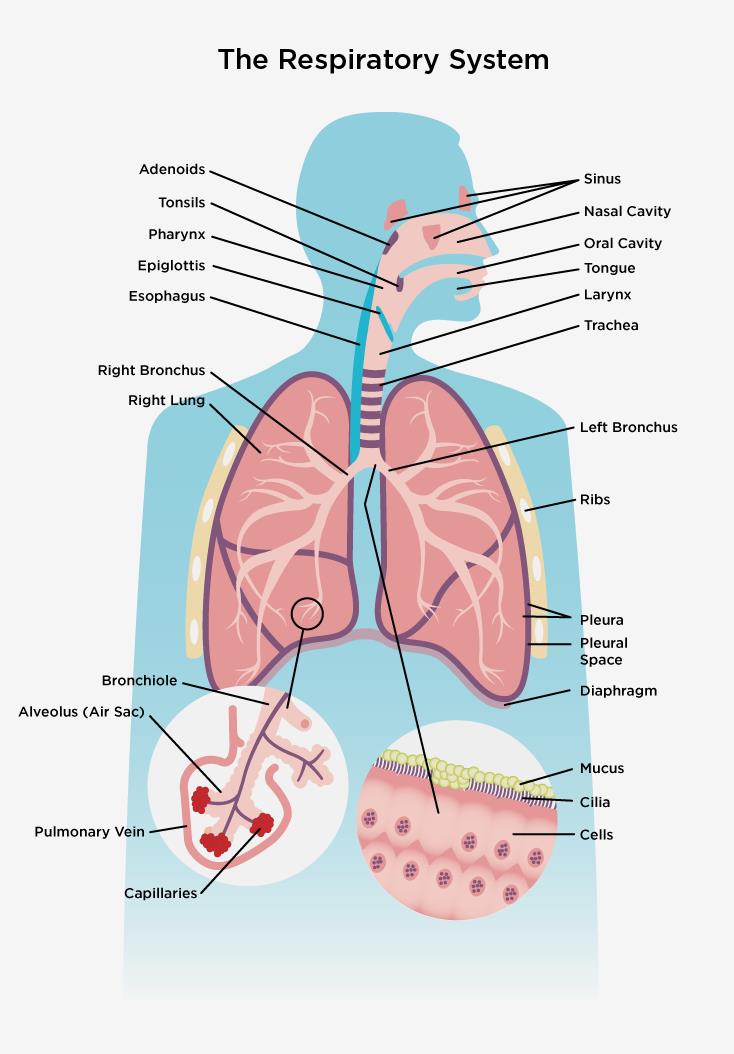
Photo credit: Diliff, via Wikipedia Commons
Reducing air pollution is vital for the protection of public health. Short-term effects of polluted air include, interfering with being able to breathe deeply during exercising and impairing visibility from haze. Long-term effects for individuals may be a lifetime burden of reduced lung function because they don’t fully develop due to pollution exposure during childhood. Air pollution has also been linked to premature death from heath attacks.
Robert Harley, professor in the Department of Civil and Environmental Engineering at the University of California, Berkley, spoke about a model use to understand the emissions and atmospheric formation processes for formaldehyde pollutants at the SOCAAR Seminar on March 28th. Continue reading



